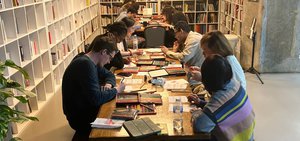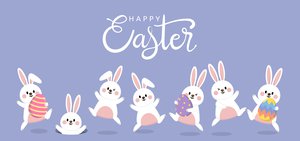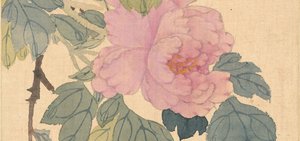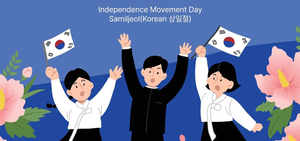Jogakbo Workshop
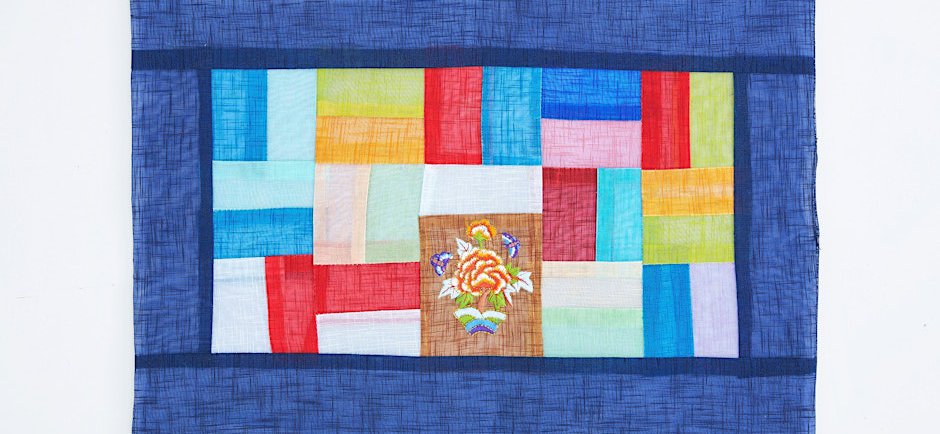
K-Creative Sessions
Join us for a craft workshop exploring Jogakbo. We'll delve into the history of this patchwork craft and offer a hands-on experience of these cultural treasures.
Jogakbo:
Jogakbo (조각보): Jogakbo is a traditional Korean form of patchwork. It's an art of creating a larger cloth by sewing together small, leftover scraps of fabric, typically in a geometric pattern.
Key characteristics and history of Jogakbo:
- Origin: Jogakbo originated during the Joseon Dynasty (1392-1910) in Korea. It was a practice born out of a philosophy of frugality and simplicity, where women would repurpose fabric scraps from making clothing and household items rather than discarding them.
- Purpose: The most common use for a Jogakbo was to create bojagi, which are traditional Korean wrapping cloths. Bojagi were used for a variety of domestic purposes, such as wrapping gifts, covering food, or carrying items.
- Aesthetic: Jogakbo is known for its distinctive and modern-looking abstract patterns, which often resemble a ‘windowpane’ due to the stitching technique. The geometric designs are created improvisationally as the artist pieces together scraps of different shapes, sizes, and colours.
- Cultural Significance: Beyond its practical use, Jogakbo also holds a cultural significance. It was a creative outlet for women during a time when their lives were largely confined to the domestic sphere. The finished pieces often tell a story, with the scraps coming from significant garments like wedding dresses or official uniforms, making them a type of family heirloom.
This event provides a fun and engaging opportunity to explore traditional Korean culture through hands-on activities.
Event Details
- Date: 26 September 2025, 6-8pm
- Venue: Korean Cultural Centre UK
- Free admission, RSVP required
Photographs, videos and press photography
This event will be video recorded with photographs taken through the venue. By entering and by your presence here, you consent to being photographed and filmed. Footage may be used for social media posts.

